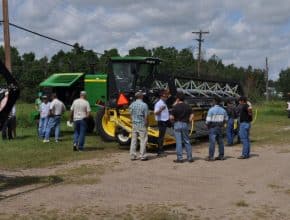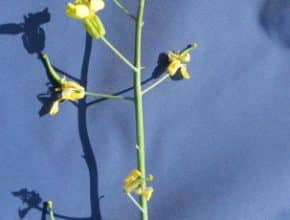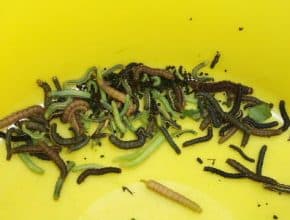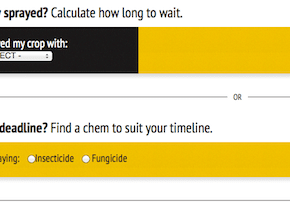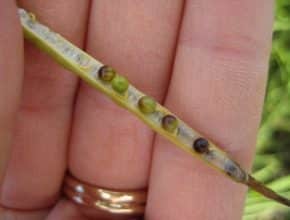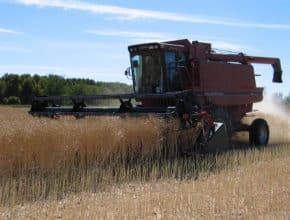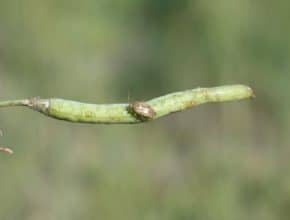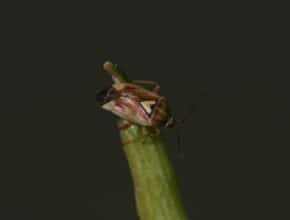Create your free online surveys with SurveyMonkey , the world's leading questionnaire tool. If you have trouble with the embedded quiz on your device, click here…
Canola Watch Posts
-
-
2. Less risk of green seed problems. Crops with uneven maturity can be difficult to manage at harvest. There may be uneven maturity within the field (between knolls and low spots) and within the plants (between main stem and side branches which is more critical in low density stands). Swathing too early can result in a significant proportion of green…
-
Again this year, canola crops with blanks or missing pods on the main stem are being found. Typically, a missing pod can result from any stress on the plant because stress inhibits proper fertilization of the flowers. It is important however, to accurately determine the cause of the stress in order to take steps to reduce its impact on future…
-
Bertha armyworm spraying has been reported in a few fields. Scout lower in the canopy this week, looking for larvae feeding on lower leaves. Scouting now will give you a couple weeks’ planning time before leaf drop begins and berthas start moving up toward the pods — where they do their most costly damage. By holding off until bertha larvae…
-
Pre-harvest interval (PHI) refers to the amount of time that must lapse (in days) after a pesticide application before the crop is cut (ie. swathed or straight cut). Failing to comply with a product’s pre-harvest interval is a contravention of the Pest Control Products Act (PCP). The PCP Act was put in place to protect human health and safety and…
-
The ideal swath timing is when 60% of seeds on the main stem are showing some colour change from green to brown. Colour change is considered any amount of yellowing or browning on the seed. To determine ideal swath timing, fields need to be walked and pods need to be cracked - it is 60% seed colour change not pod…
-
Wet soil conditions in parts of Manitoba have some producers debating straight cutting to allow fields to dry out. Crops that are good candidates for straight cutting are uniform, well knitted and have good standability. A slightly leaning crop can still be good to straight cut. Click here for more information on the risks and rewards of the two different…
-
Lygus counts are very high in some locations, but get out the sweep net and scout to be sure. If canola is $12 per bushel and application costs (insecticide and application) are $12 per acre, the economic threshold for lygus bugs is 8 per 10 sweeps at the end of flowering and 11 per 10 sweeps at the pod…
-
Growers would like to see a stretch of warmer weather to advance the crop. Some fields are still flowering, and have been for six weeks. Bertha armyworms are starting to feed lower in the canopy. They will move up the plant as lower leaves drop. A lot of areas had adult counts that would suggest a moderate to high risk…

